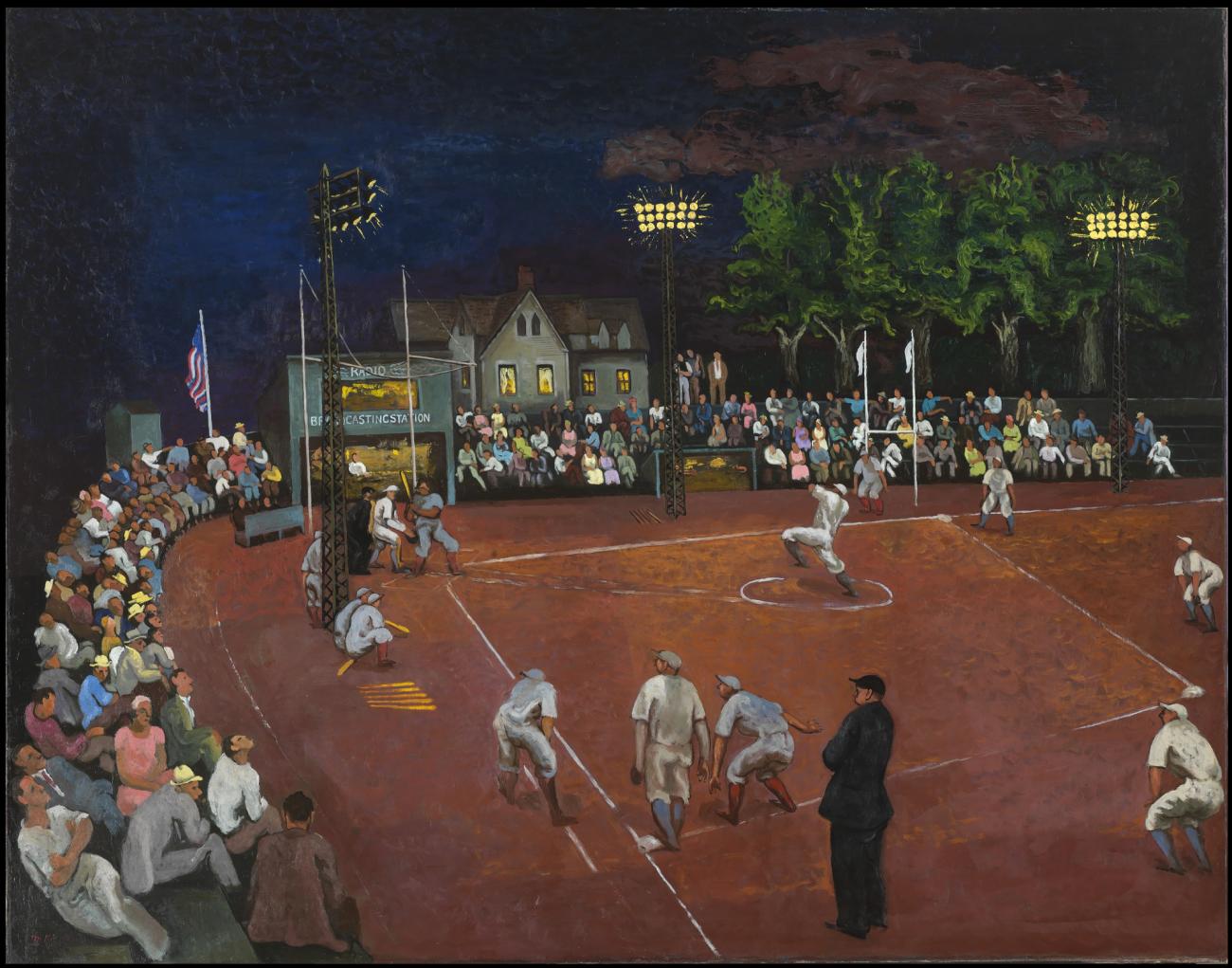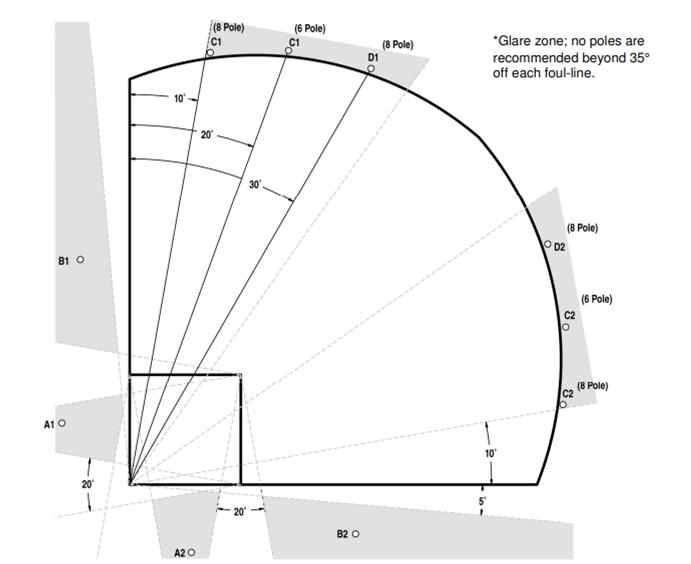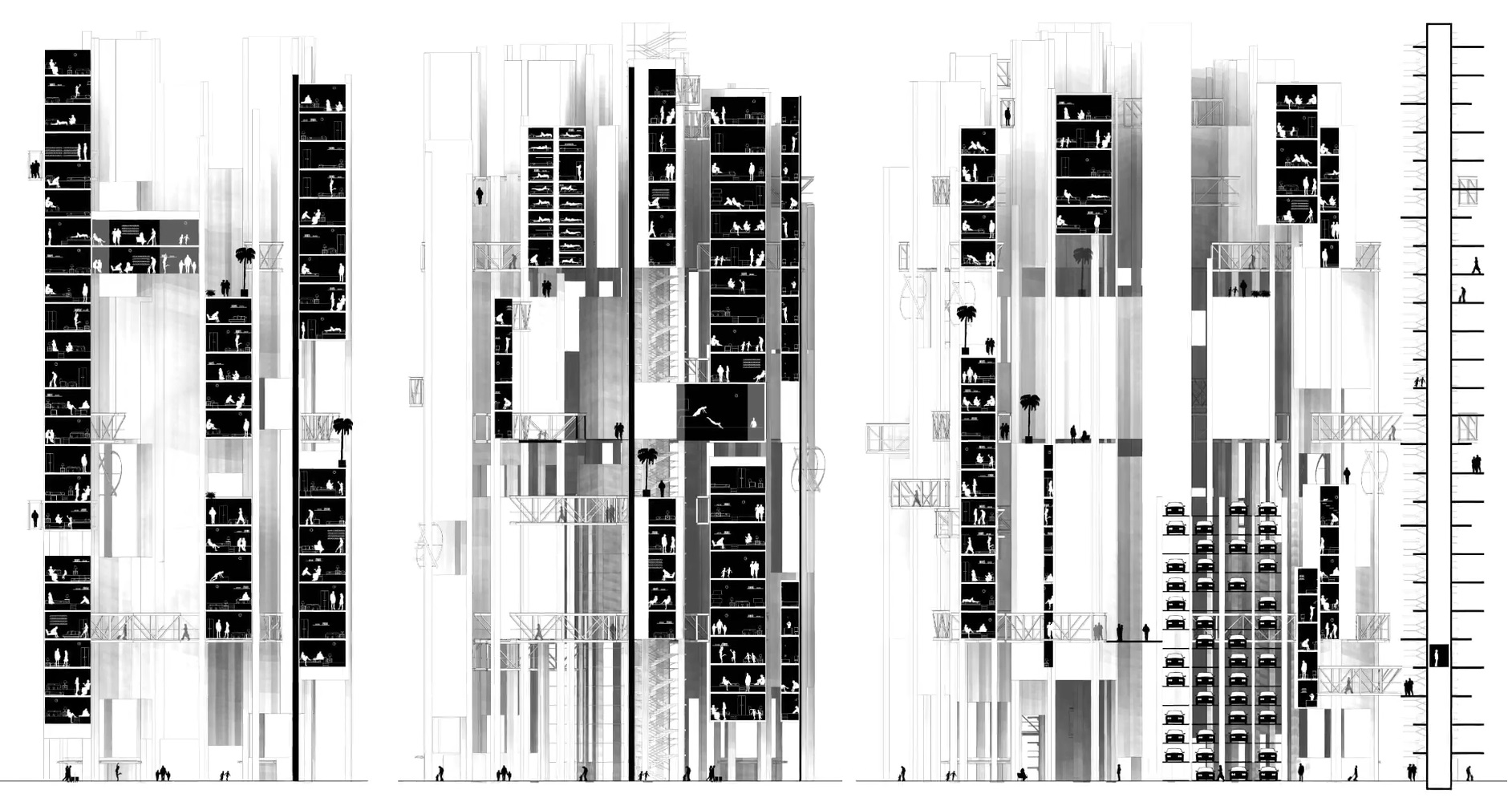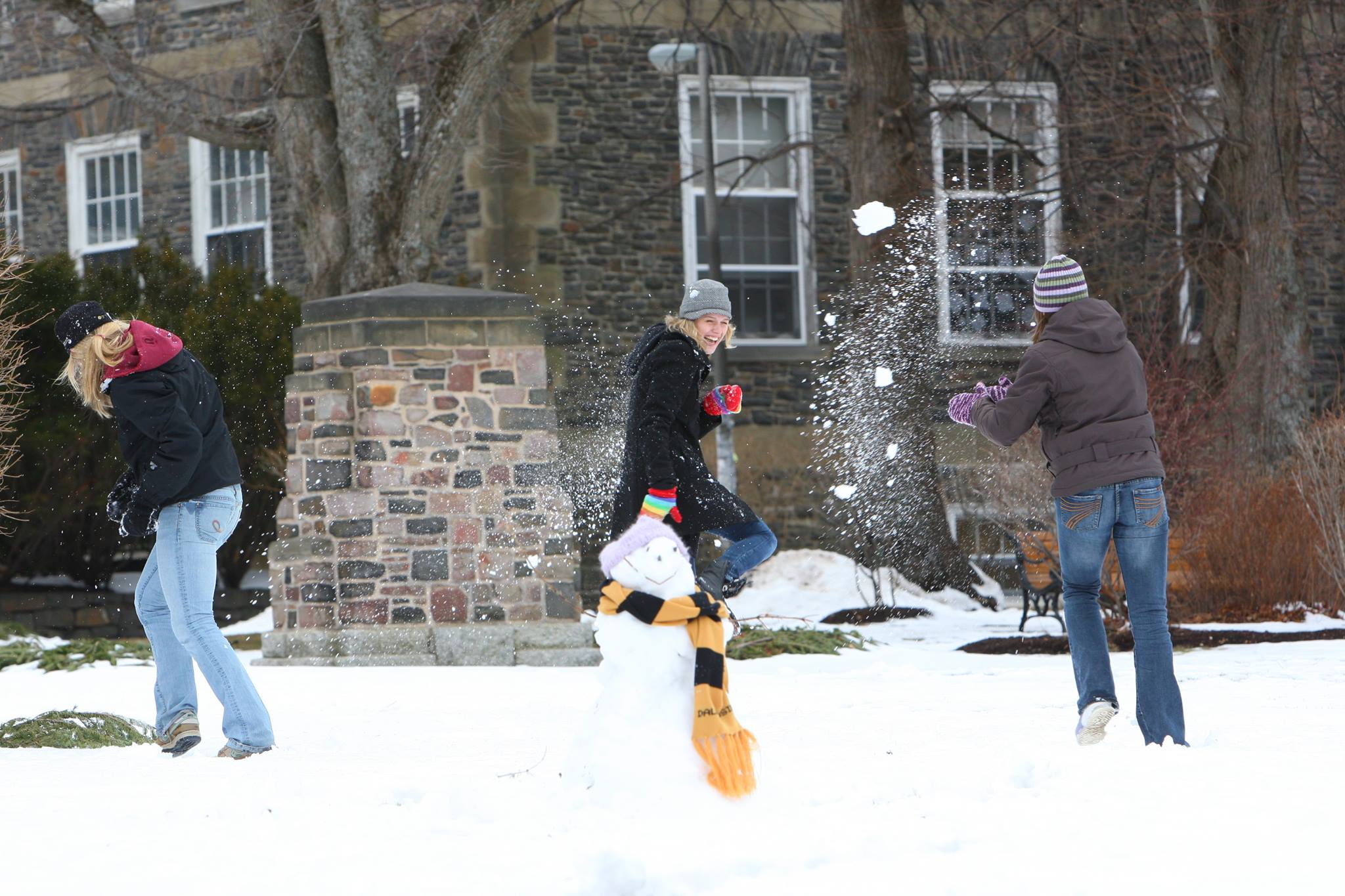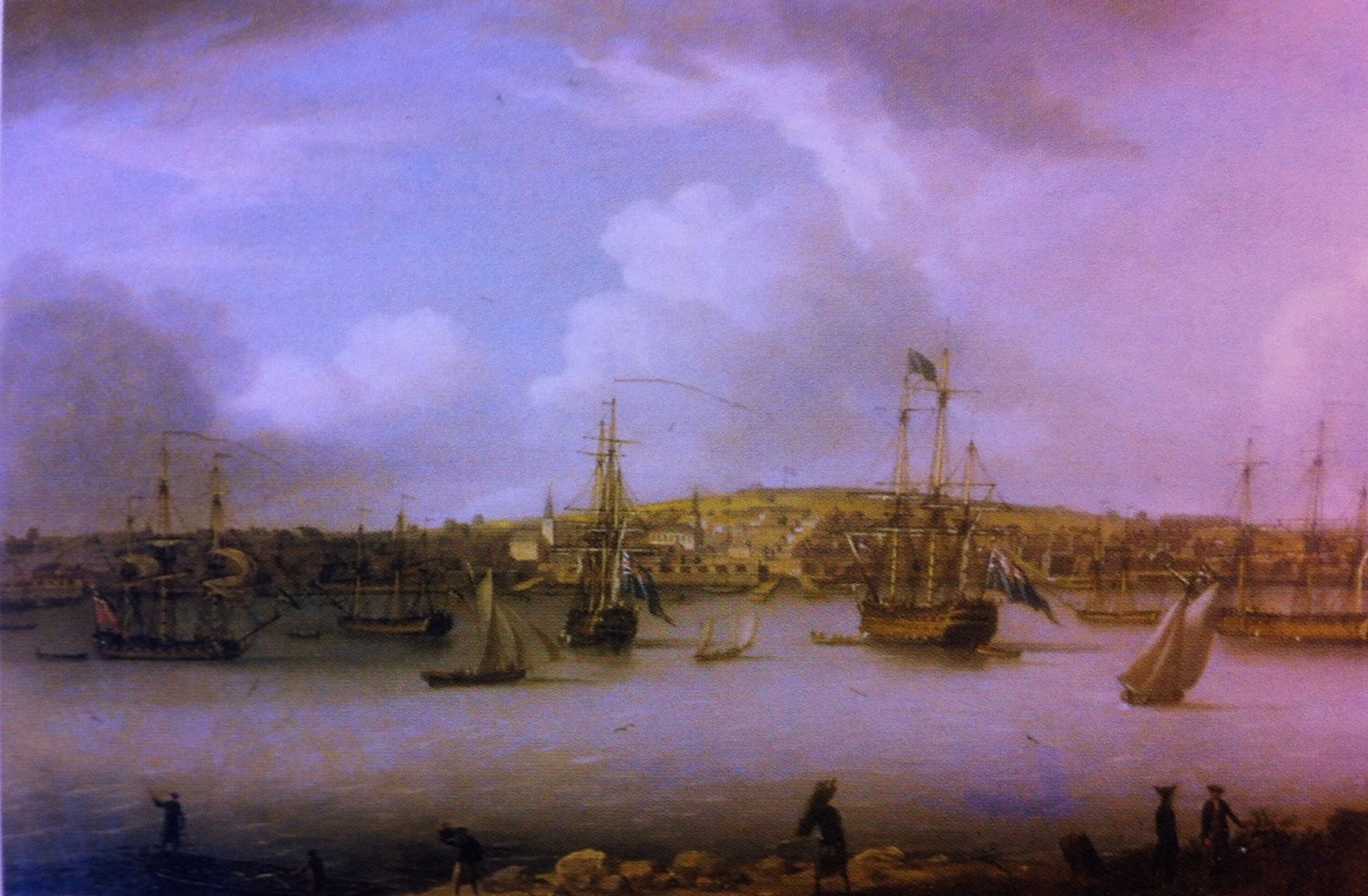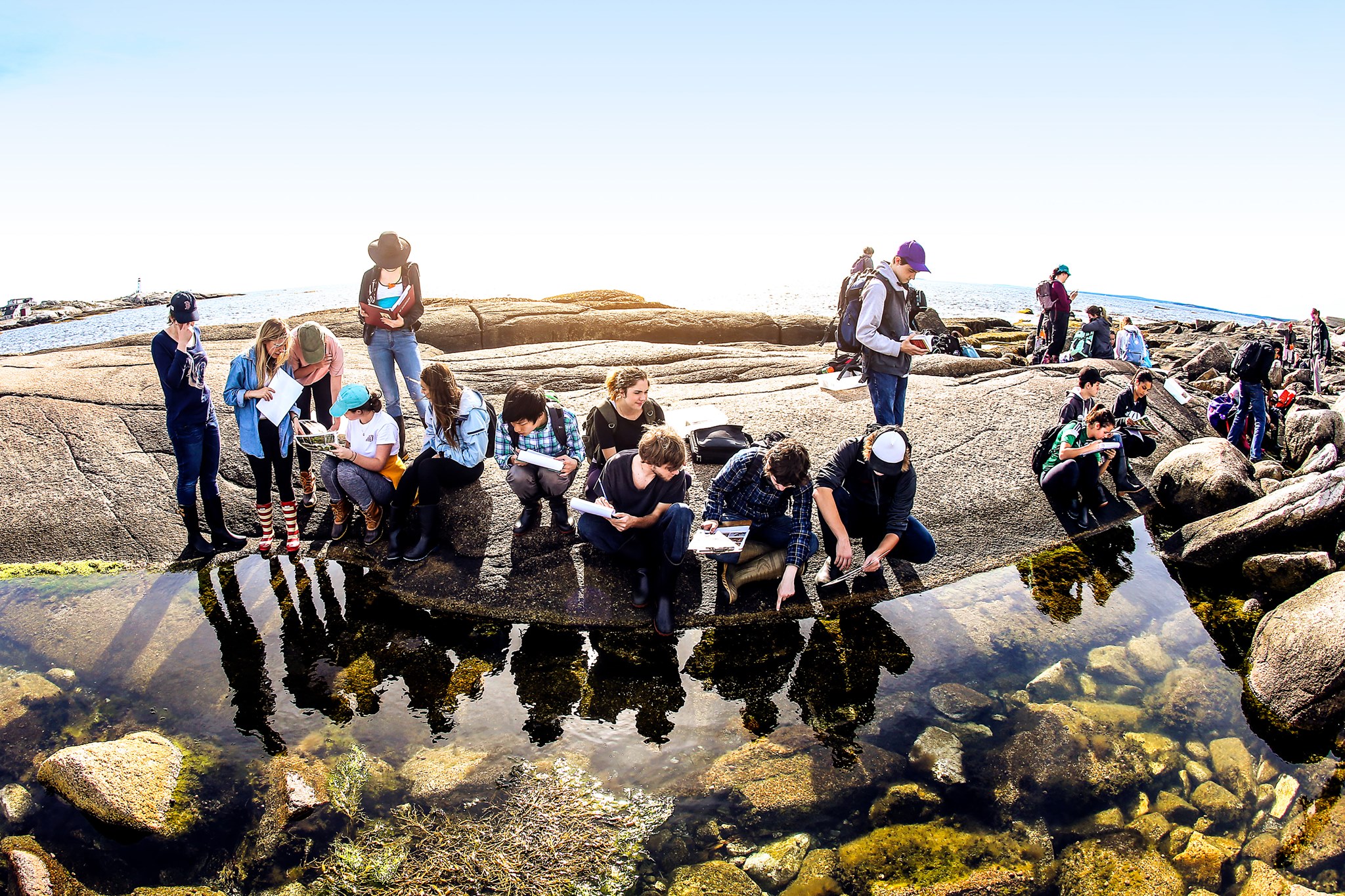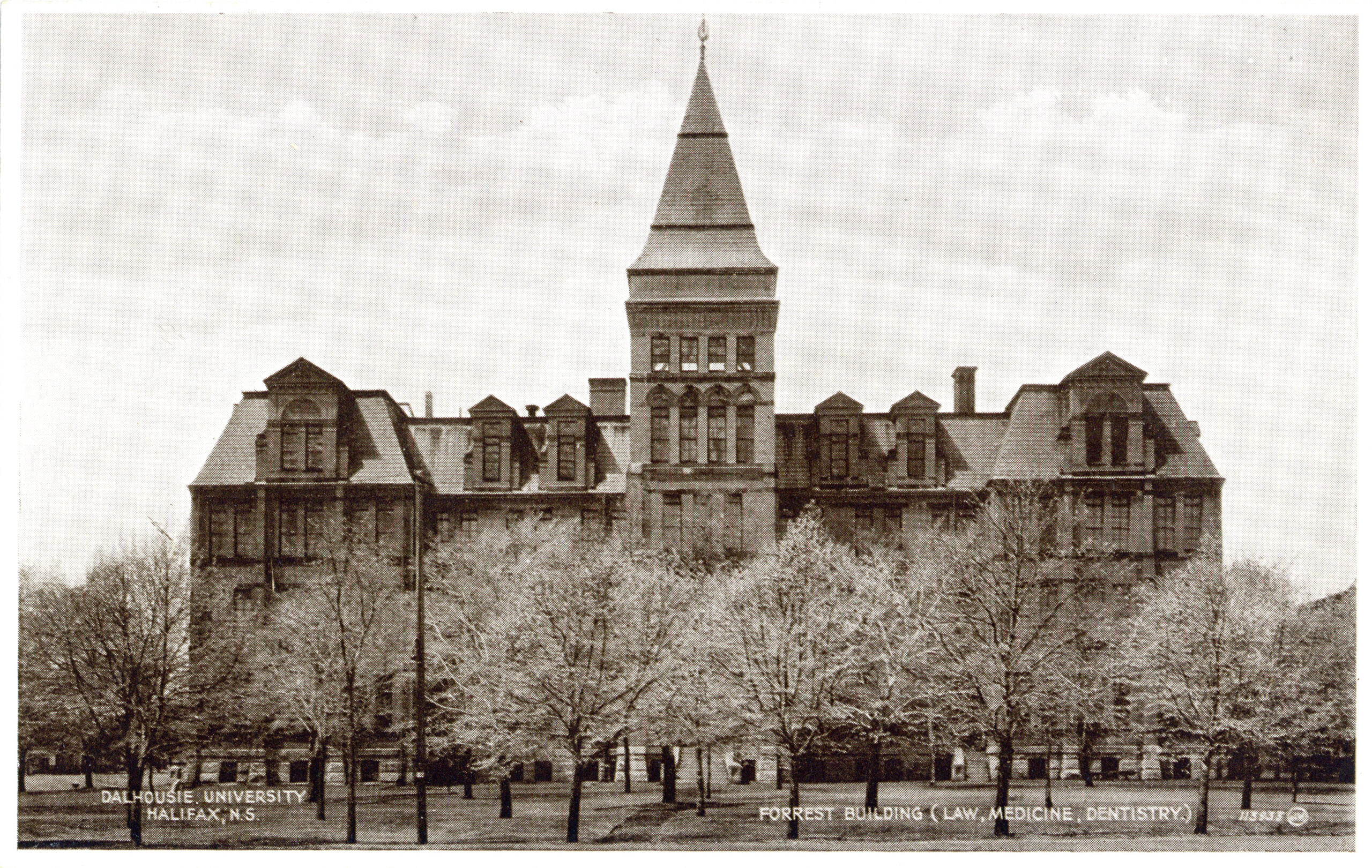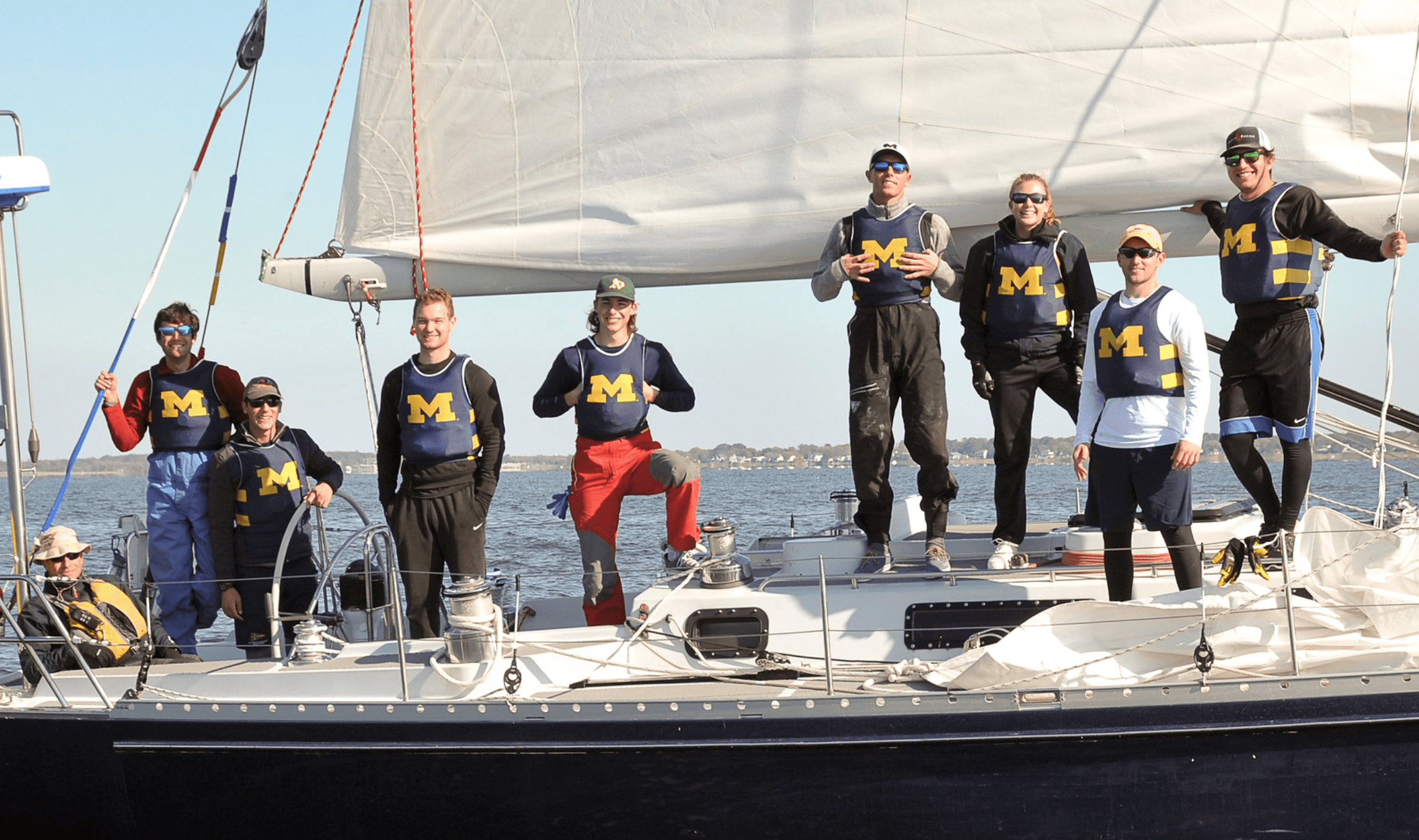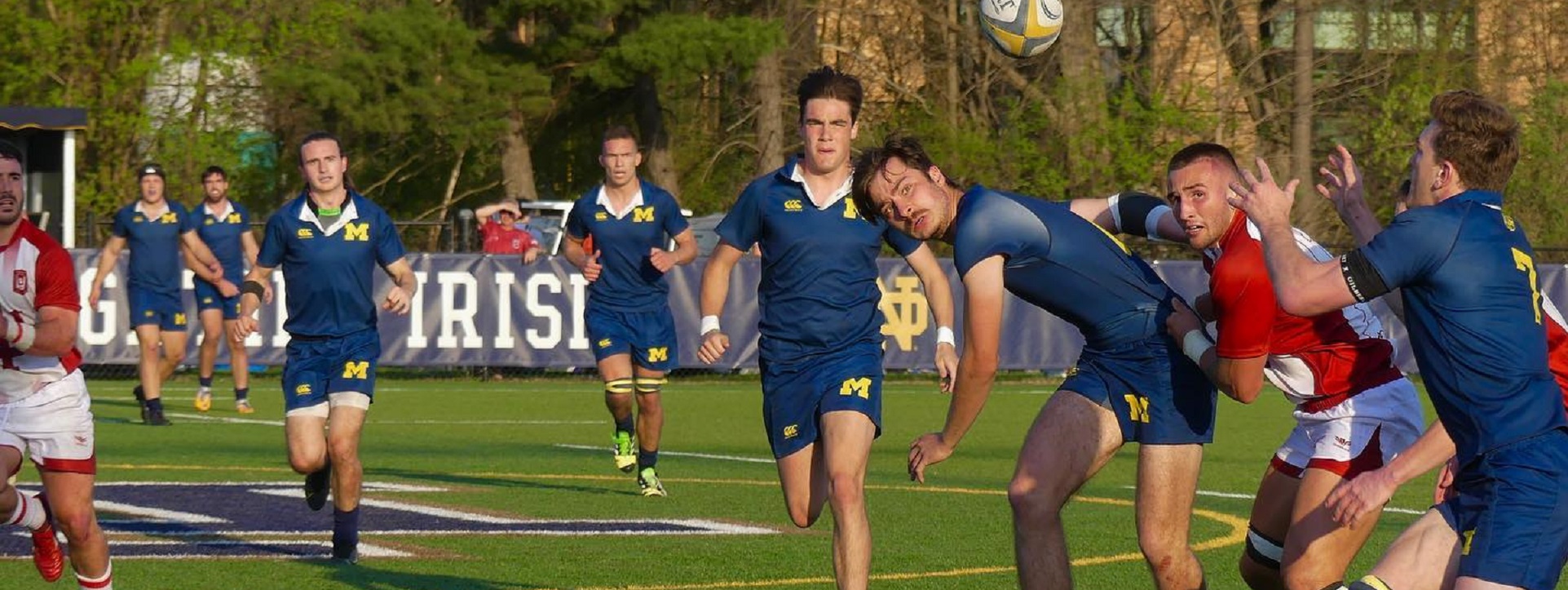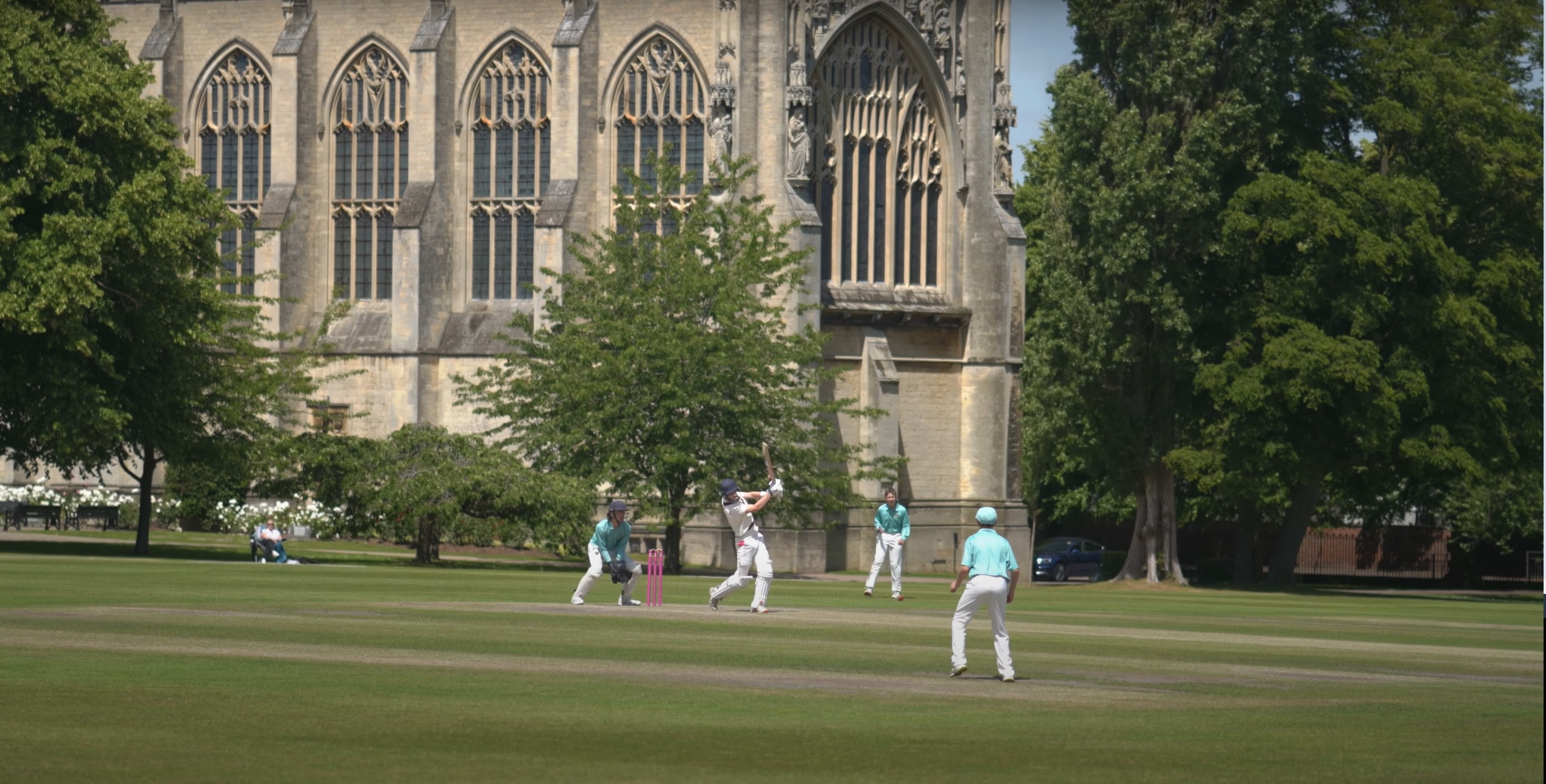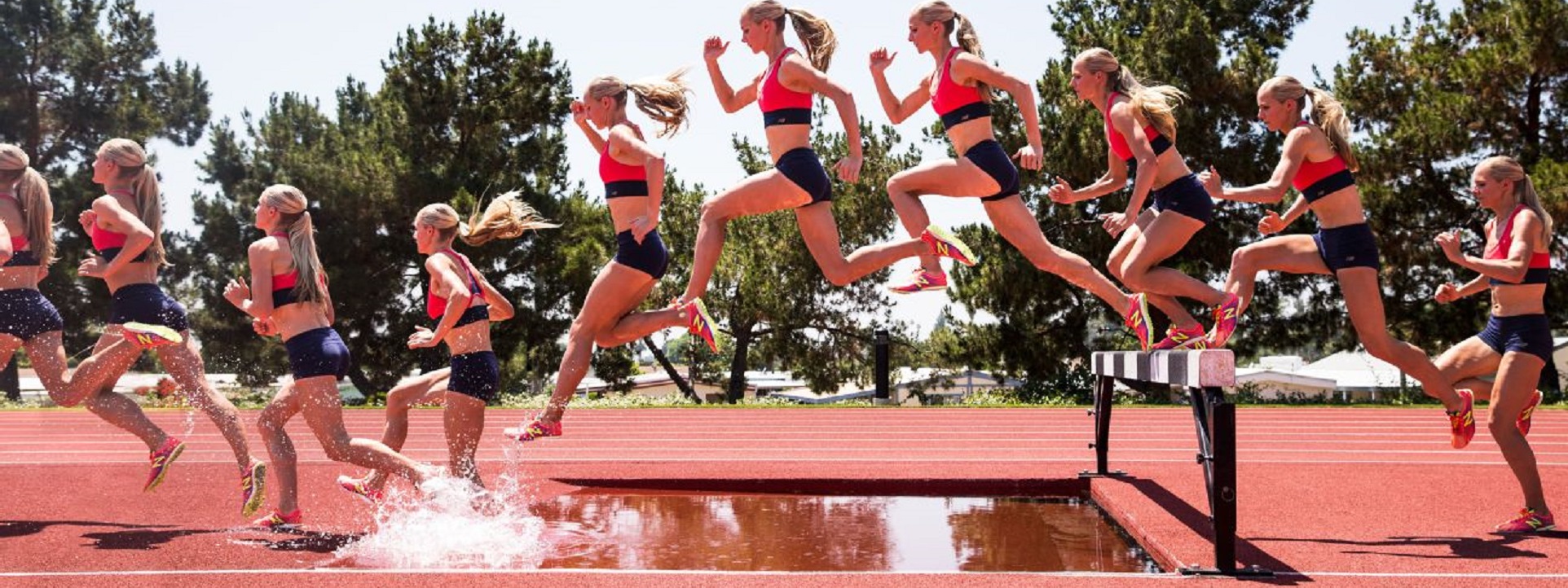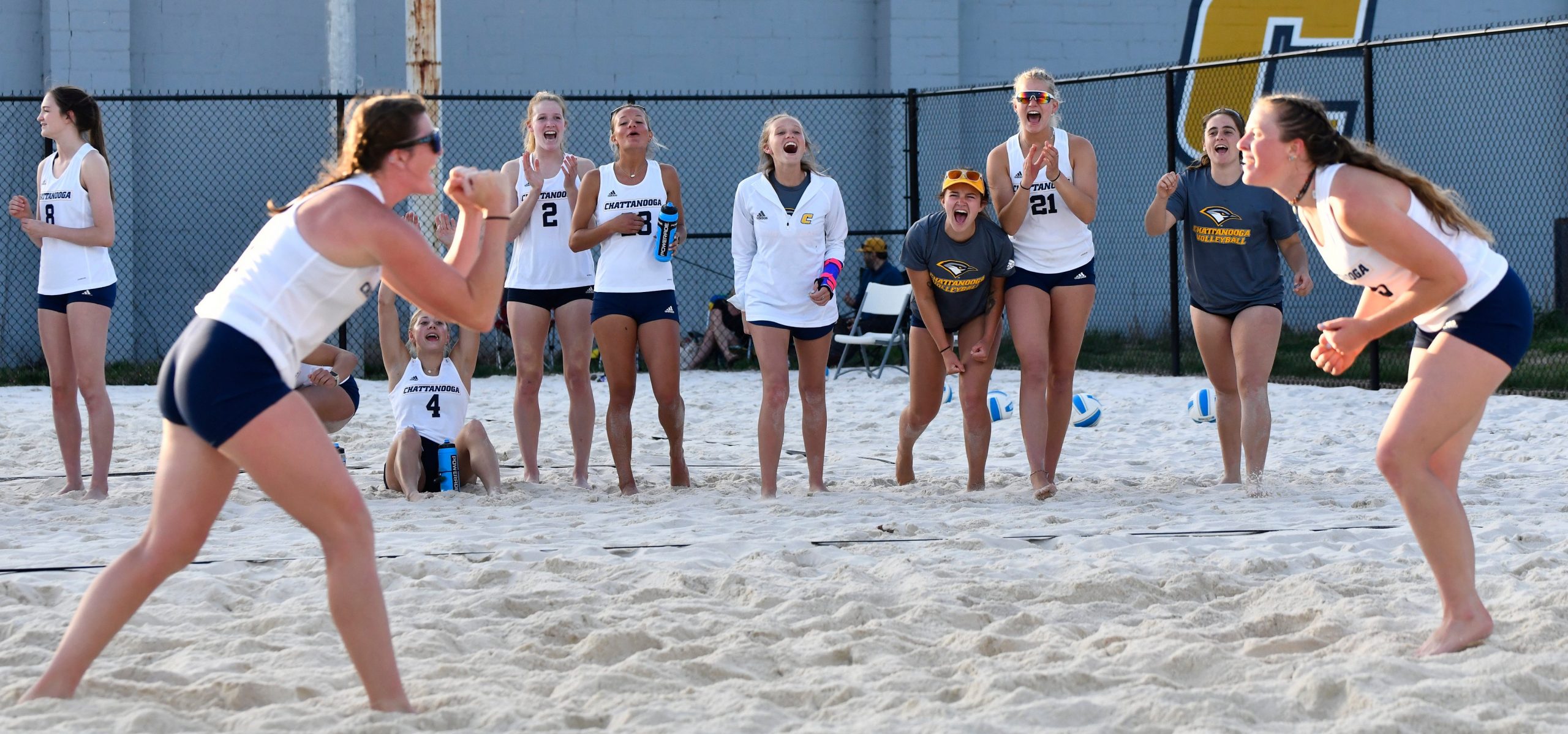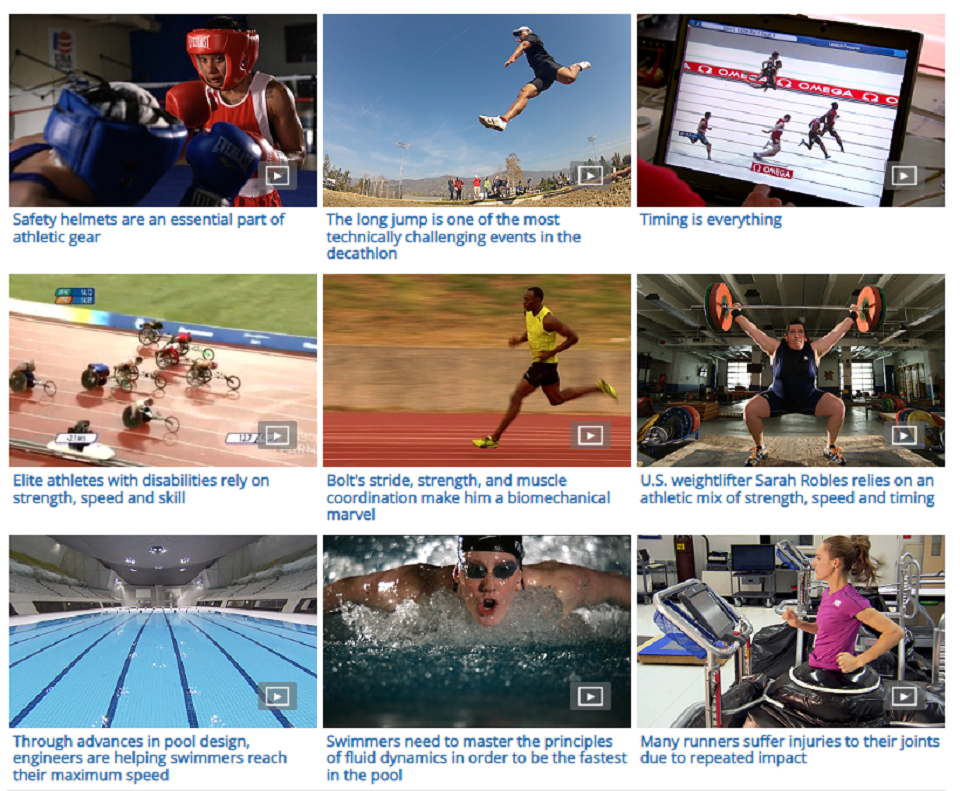The College World Series begins this weekend in Omaha between Louisiana State University and Coastal Carolina.
Baseball is a pastoral game and lighting changed the experience of it. Since a baseball is less than 3-inches in diameter and routinely travels 400 feet at 100 miles per hour, illumination design must have outfielders in mind as well as other players and spectators.
FINALS MATCHUP SECURED 🤩
🖥️ https://t.co/vUbrNtVRPX
🎟️ https://t.co/i73Q25MuVk
📲 https://t.co/D9Ga3efNbI#MCWS pic.twitter.com/uO82Jy8d7x— NCAA Baseball (@NCAABaseball) June 19, 2025
“Baseball is ninety percent mental
and the other half is physical.”
– Yogi Berra
After athletic facility life safety obligations are met (governed legally by NFPA 70, NFPA 101, NFPA 110, the International Building Code and possibly other state adaptations of those consensus documents incorporated by reference into public safety law) business objective standards may come into play. For business purposes, the documents distributed by the National Collegiate Athletic Association inform the standard of care for individual athletic arenas so that swiftly moving media production companies have some consistency in power sources and illumination as they move from site to site. Sometimes concepts to meet both life safety and business objectives merge.
During the spring baseball season the document linked below provides guidance for illumination designers, contractors and facility managers:
Athletic programs are a significant source of revenue and form a large part of the foundation of the brand identity of most educational institutions in the United States. We focus primarily upon the technology standards that govern the safety, performance and sustainability of these enterprises. We cover the objectives of the energy conservation advocates in separate posts; notably advocates using the International Code Council and the ASHRAE suite to advance their agenda to press boxes and the entire baseball experience (interior and exterior) site in separate posts.
We collaborate very closely with the IEEE Education & Healthcare Facilities Committee where subject matter experts in electrical power systems meet 4 times each month in the Americas and Europe.
See our CALENDAR for our next Sport colloquium. We typically walk through the safety and sustainability concepts in play; identify commenting opportunities; and find user-interest “champions” on the technical committees who have a similar goal in lowering #TotalCostofOwnership.
Issue: [15-138]*
Category: Electrical, Energy Conservation, Energy, Athletics & Recreation
Colleagues: Mike Anthony, Jim Harvey, Jose Meijer, Scott Gibbs, George Reiher
More
Comparison of MH and LED performance for sport lighting application
A novel smart energy management system in sports stadiums
Tracking pitches for broadcast television



